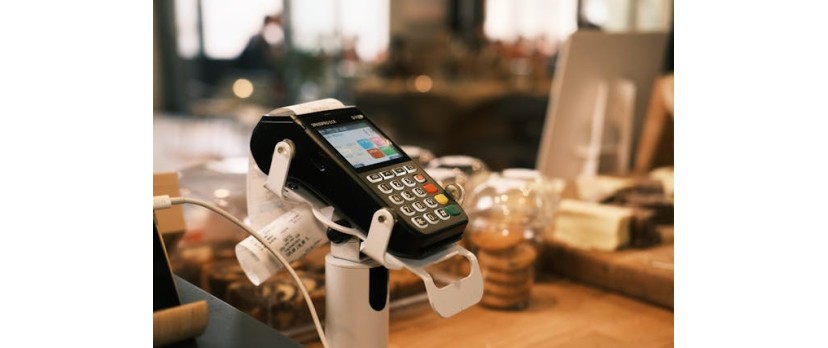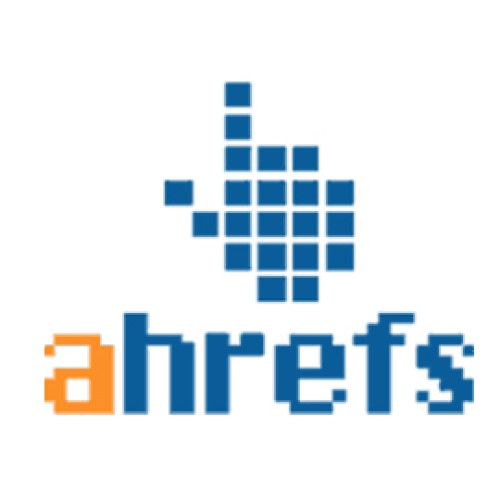When it comes to websites, every element matters—but none as much as your Call-to-Action (CTA). Whether you're trying to increase newsletter signups, demo requests, purchases, or form fills, the CTA is where the magic happens. However, not every CTA is made equally. While some motivate users to take action, others are disregarded.
In this guide, we'll explore 20 types of website CTAs that are proven to drive clicks, capture leads, and generate sales, complete with real-world context to show how businesses from various industries are getting it right.
20 Types of Website CTAs
Below are the 20 effective types of website CTAs that can significantly boost engagement, conversions, and overall user experience.
1. Lead Generation CTAs
These are meant to transform occasional visitors into leads. Take "Get Your Free Quote," "Download the eBook," or "Speak to an Expert." Usually, these requests for action offer something in return for contact information.
For example, the Project Management Office (PMO) engages project managers with clear CTAs like “Book a Demo” to showcase its solution and “Get the Guide” to share actionable resources for standardizing project processes.
Similarly, Buckhead Law Saxton, an accident injury lawyer website connects visitors instantly to legal advisors through their "Get a Free Consultation" form. In personal injury cases, this immediacy builds trust and boosts conversions.
Why it works: Clear, supportive options that reduce friction and guide urgent decisions.
2. Click-to-Scroll CTAs
Especially on long-form pages, these buttons, which point users to another section of the same page, improve user involvement and navigation.
Why it works: Reduced bounce rates result from keeping users interested and on the site longer.
3. Exit-Intent CTAs
Pop-ups or exit-intention CTAs appear just before a user closes a page. The goal is you can grab them right now with a seductive offer.
My Time Recovery, a Fresno-based addiction treatment center, drives action with time-sensitive exit intent CTAs like “Call xxx-xxx-xxx,” “Contact Us,” and “Check Insurance.” These prompts help convert high-intent visitors into leads at critical decision moments.
Why it works: Direct and inviting—perfect for users ready to explore and book.
4. Social Proof CTAs
These CTAs employ case studies, reviews, or quotes to establish credibility. Phrases like "Join 5,000+ Satisfied Customers" or "See What Others Are Saying" inspire users to click with assurance.
Why it works: Particularly in uncertain circumstances, people are programmed to follow the crowd.
5. Limited-Time Offer CTAs
Action is driven by urgency. A call to action, such as "Claim Your 20% Discount—Today Only" encourages users to take immediate action.
Why it works: Captures attention at the last moment with a personal, timely offer of help.
6. Form-Fill CTAs
These are straightforward: "Sign Up," "Register," or "Schedule a Demo." Usually found next to a lead capture form, they ought to make it obvious why completing the form is beneficial.
Pro tip: Combine these with a headline stressing the advantages—for legal services, "Get a Free Case Evaluation".
7. Anchor Text CTAs
Like "Learn more about our pricing here," these inline links, which are organically placed into a blog or other content item, are
Why it works: They are non-intrusive and provide helpful navigation without distracting the reading experience.
8. Floating Bar CTAs
These stay either at the top or bottom of the screen as the user scrolls. Perfect for running regular specials like "Get 15% Off When You Subscribe."
Why it works: Constant visibility increases the possibility of action even without being controlling.
9. Chatbot CTAs
These interactive bots that appear and ask questions like "Want to chat with a legal expert?" or "Need help finding the right plan?" are becoming more and more popular and successful.
Why it works: Instant access to legal help reassures clients and encourages action when they need it most.
10. CTA for Booking Appointments
Often written as "Book a Consultation," "Schedule Your Free Session," or "Check Appointment Availability," these CTAs—best suited for service-oriented companies—are phrased.
Peel Region Overhead Door Company uses strong CTAs like "Book a Service" and "Book a Call" throughout their website, making it easy for potential customers to take the next step. These CTAs remove friction and offer clear, action-oriented pathways that lead users from interest to conversion.
Why it works: Though it seems indifferent, it causes major engagement.
11. Gated Content CTAs
Think about whitepapers, trade reports, or templates only available by email access.
Why it works: It exchanges data for value, facilitating email marketing and lead generating.
12. Multi-Step CTAs
Starting with choosing a service, then sharing information and verifying, divide it into phases instead of one long form. This reduces overwhelm and increases conversion.
Why it works: People who have started anything are more likely to see it through to completion.
13. The Navigational or Discovery CTA
It directs users to browse through a particular category or collection. For example, Carolina Designs drives engagement with high-intent visitors through clear, value-driven CTAs like “Search Our OBX Rentals.” This direct approach taps into users' desire to explore and book quickly, especially during peak vacation planning.
Why it works: It creates curiosity and drives engagement by showing variety and relevance.
14. Newsletter Subscription CTAs
These underline ongoing worth. Steer clear of lines like "Sign Up for Our Newsletter." Say "Get Weekly Marketing Tip from Industry Expert" instead.
Why it works: The apparent value must be instantaneous and ongoing.
15. Cart Abandonment CTAs
These show up when someone leaves anything in their cart. Are you still mulling over it? Finish your purchase right now to get 10% off! CTAs should help reduce cart abandonment by nudging customers to complete their purchase.
Why it works: Combining an incentive and a reminder helps one recover lost sales.
16. Account Creation CTAs
Particularly successful for subscription companies or software companies: Start Your 14-Day Free Trial—No Credit Card Needed.
Why it works: Removes financial risk, so reducing opposition to trying something different.
17. Free Trial CTAs
Especially effective for software or subscription businesses: "Start Your 14-Day Free Trial—No Credit Card Needed."
Why it works: Removes financial risk, which lowers resistance to trying something new.
18. Interactive Demo CTAs
Allow guests to test your offering under direction. Here, lines like "Take a Product Tour" or "Try the Live Demo" really work.
Why it works: Self-esteem increases with practical experience, and decision-making speeds up.
19. Referral Program CTAs
Use CTAs, including "Refer a Friend & Earn Rewards" to encourage word-of-mouth.
Why it works: More leads, more trust, and more traffic follow from incentive sharing.
20. Mobile-Specific CTAs
Mobile conversions are significantly increased by using CTAs that are specifically designed for mobile users, such as "Tap to Call Now" or "Get Directions."
Why it works: It aligns with the format and intent of how users interact with your mobile website.
Final Thoughts
Apart from motivating behavior, a strong call to action (CTA) guides the user's path, transforming clicks into conversions and interest into intent. Still, developing the perfect CTA combines science with art. It all boils down to knowing your audience, offering clear value, and removing challenges around every turn.
Once your work is underway, it isn't done. Test, hone, and iterate. Little changes in design, language, or posture will be clearly noticeable. Clear, quick action, nonstop change in a digital environment when people's attention is short, is the most successful CTAs.


Login and write down your comment.
Login my OpenCart Account